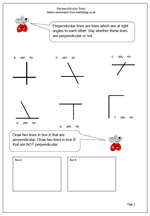 The term perpendicular was usually introduced to children in the upper primary years and indeed into secondary school, but it is now thought that it should be introduced in year 3. At this stage children just need to be able to recognise two lines which are perpendicular to each other and to make it easier all the pairs of lines shown on the worksheet either cross or touch.
The term perpendicular was usually introduced to children in the upper primary years and indeed into secondary school, but it is now thought that it should be introduced in year 3. At this stage children just need to be able to recognise two lines which are perpendicular to each other and to make it easier all the pairs of lines shown on the worksheet either cross or touch.
Of course, the key to being able to do this is to recognise a right angle and plenty of practice with recognising right angles must be done before going on to using the term perpendicular. When the lines are vertical and horizontal it is quite easy to spot perpendicular lines but other placements make it more difficult to see just by looking and there is no harm in using the corner of a piece of paper to judge whether this is the case.


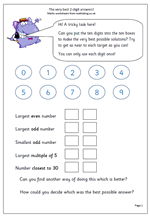

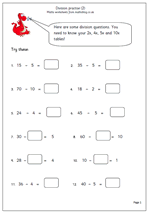
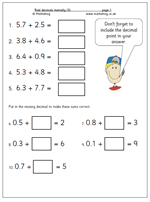
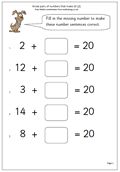
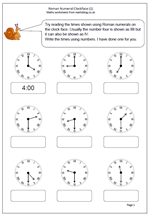
 Welcome to a new term and plenty of new maths material coming up over the next few months.
Welcome to a new term and plenty of new maths material coming up over the next few months.